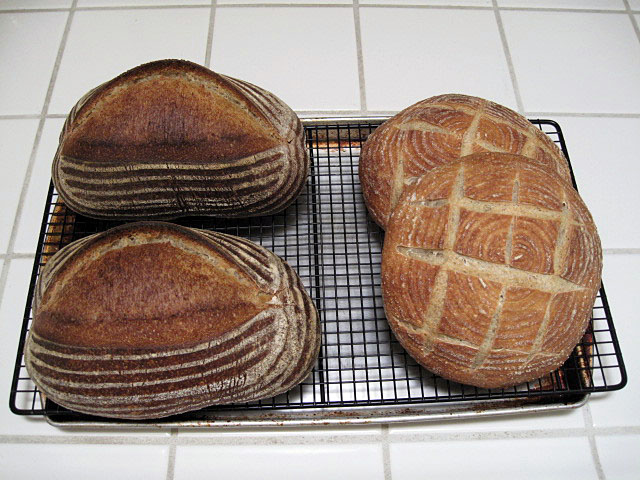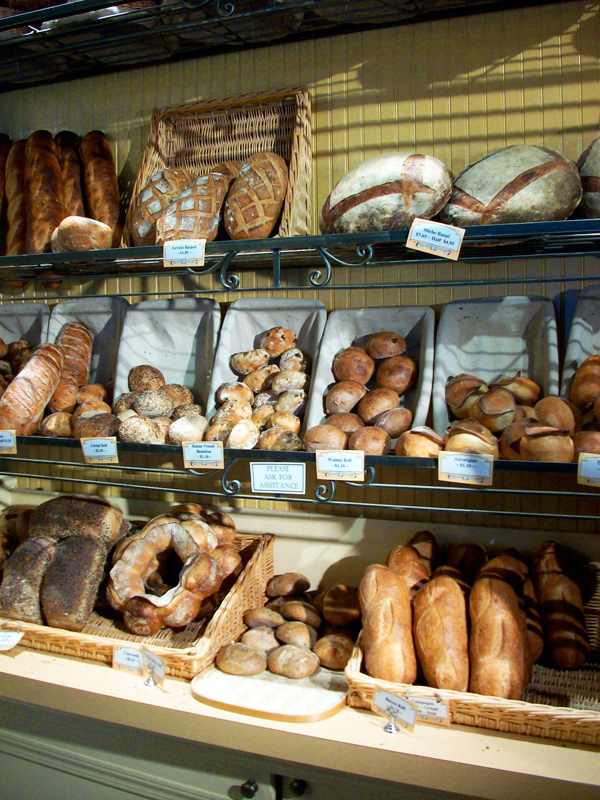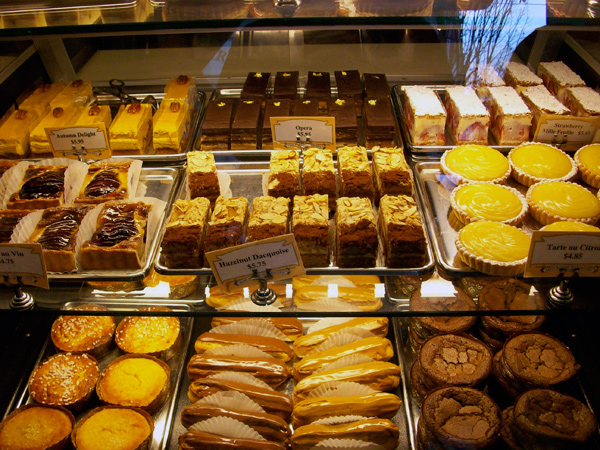Recipes: Keepers and Poopers
It's been awhile since my last blog (late spring this year) so I promised Floyd - during his fund raising campaign - that I'd be back with another blog soon.
- Log in or register to post comments
- 7 comments
- View post
- Anonymous's Blog


